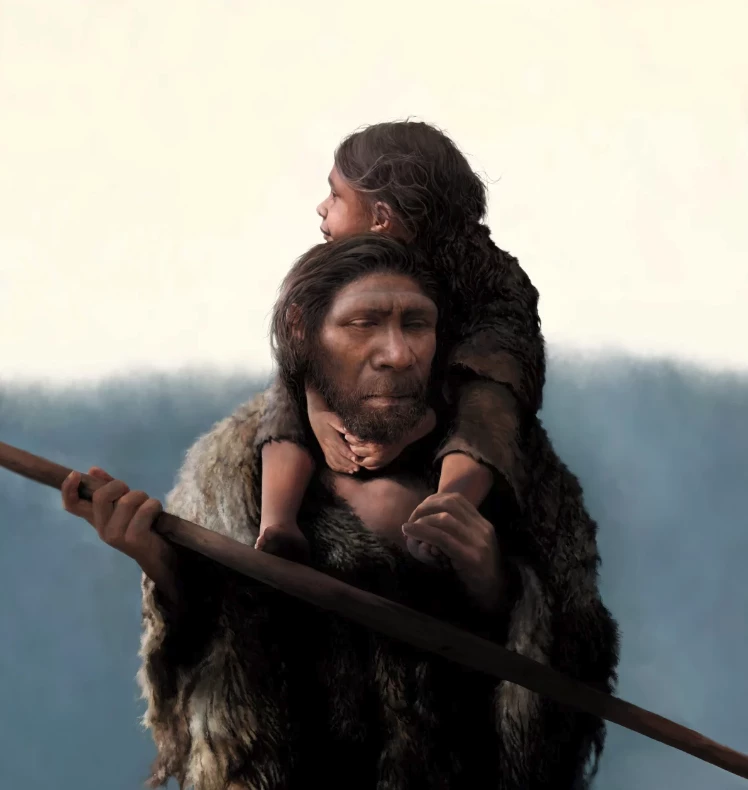New research has provided unprecedented insights into the genetics and social structures of Neanderthals. Scientists have sequenced the genomes of 13 individuals that lived in a close-knit community, revealing some specific family ties.
Neanderthals are extinct human relatives that lived until about 40,000 years ago, populating much of Eurasia and meeting and mingling with modern humans and other hominins like the Denisovans. Evidence is building about how they lived as a species, but the new study drills down into an individual community.
A team of researchers, led by the Max Planck Institute for Evolutionary Anthropology, examined a small group of 10 to 20 Neanderthals that lived in Chagyrskaya and Okladnikov Caves in Siberia, about 54,000 years ago. The team extracted DNA from 17 remains, and sequenced their genomes.
It turns out that these remains came from 13 Neanderthal individuals, including seven men and six women, eight of which were adults and five were children or adolescents. The genomes revealed that the group was closely related, and seemed to have lived and died around the same time.
“The fact that they were living at the same time is very exciting,” said Laurits Skov, first author of the study. “This means that they likely came from the same social community. So, for the first time, we can use genetics to study the social organization of a Neanderthal community.”
Among the group, the team identified a female teenage Neanderthal and her father, as well as a young boy and an adult female who was his second-degree relative, like a cousin, aunt or grandmother. The team also found shared heteroplasmies – genetic variants that only persist for a few generations – in the mitochondrial DNA of the individuals, further indicating close relationships.
The genetic diversity between the community was extremely low, the team says, indicating a small group of up to 20 individuals. Intriguingly, genetic diversity was much higher in the mitochondrial DNA – which is exclusively inherited from an individual’s mother – than diversity on the Y chromosome, which is passed down from father to son. This suggests that it was the females who moved between communities to be with male partners.
Other recent research into Neanderthal genetics has revealed insights into the extent of interbreeding, a first-generation Neanderthal/Denisovan hybrid, and a group in Croatia that may have been one of the last surviving populations before their extinction. The new research helps paint the Neanderthals in a more relatable light.
“Our study provides a concrete picture of what a Neandertal community may have looked like,” said Benjamin Peter, last author of the study. “It makes Neandertals seem much more human to me.”
The research was published in the journal Nature.
Source: Max Planck




